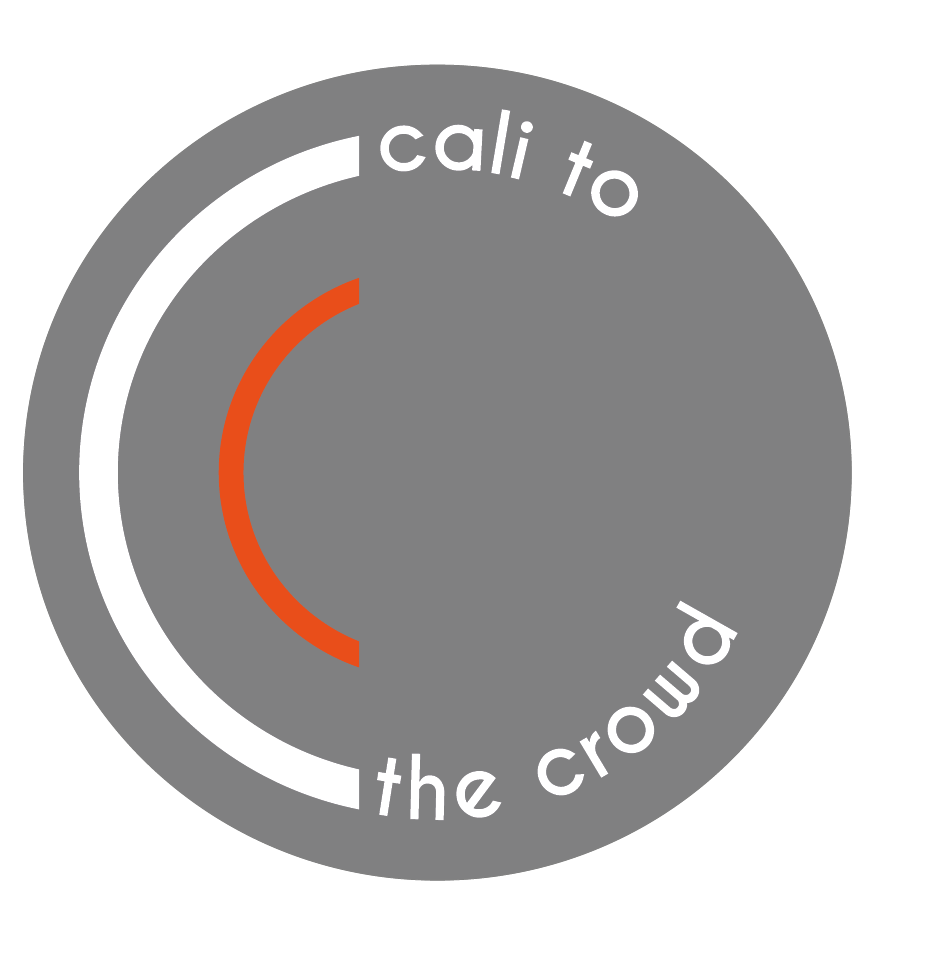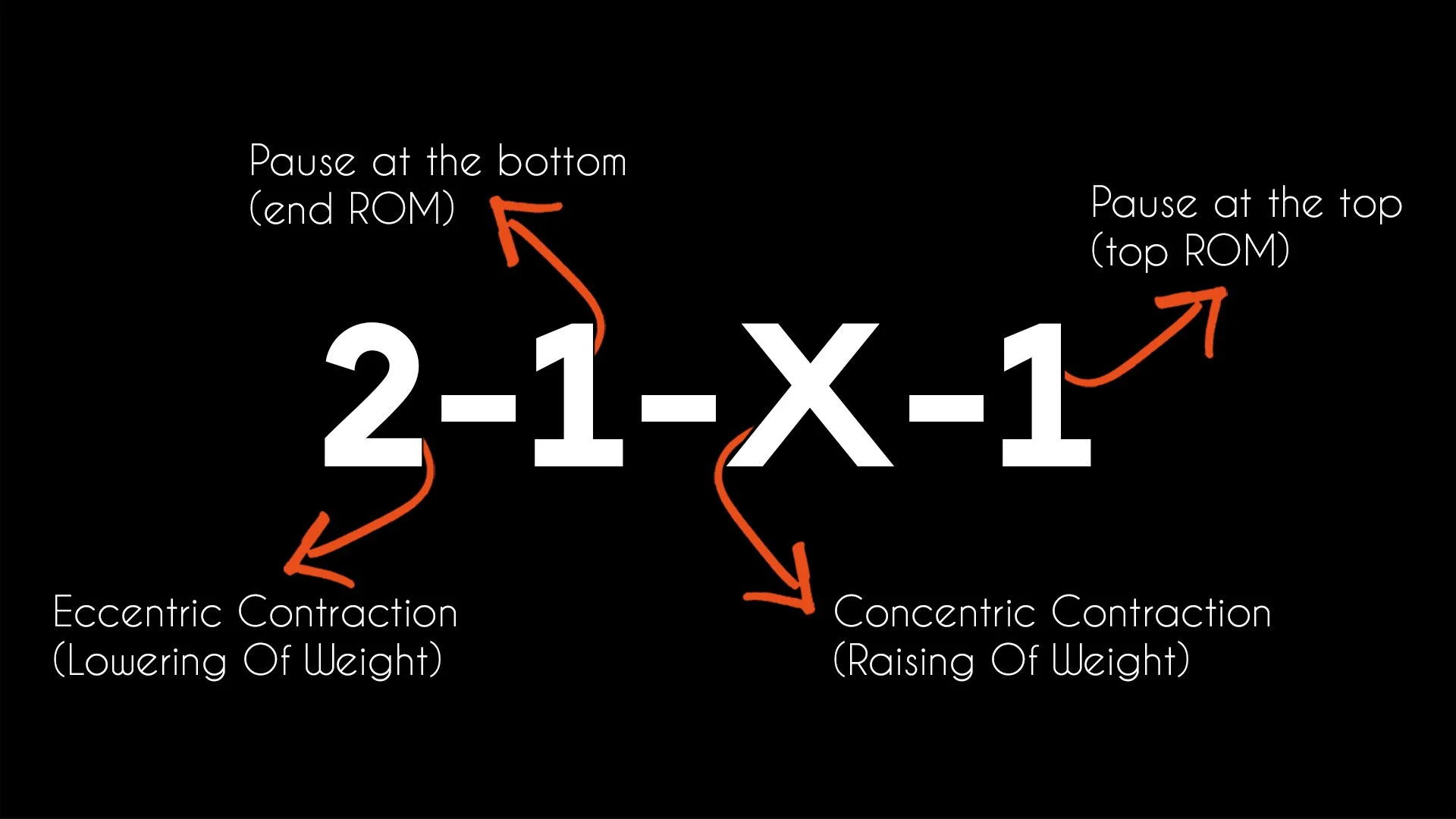What is Exercise Tempo?
Exercise Tempo is the speed at which we perform an exercise and is usually represented as a series of numbers e.g. : 2-1-X-1.
The numbers represent the number of seconds spent on each part of the movement.
What do the Exercise Tempo numbers mean?
Tl;dr view of what the tempo numbers all mean
In order, the numbers represent: the eccentric phase (muscles lengthening), Pause after the eccentric, concentric (muscles shortening), then pause after the eccentric.
So as an example, a pull up with a tempo of 2-1-X-1 would be a two second lowering phase (eccentric), a one second pause at the bottom, an explosive pulling up phase (concentric), then a 1 second hold at the top.
Where we see an 'X' in tempo this simply means EXPLOSIVE (aka fast as possible).
Are fast reps better than slow reps?:
Tempo for progressive overload
Tempo can also be used as a form of progressive overload; making exercises harder without adding reps.
For example, Push ups with a tempo of 1-1-1-1 (totalling 4 seconds per rep), will be far harder than push ups with a tempo if 3-1-1-3 (totalling 8 seconds per rep).
You’ll also notices that it means we can use tempo to place more focus on specific parts of a rep.
For example, beginners may struggle controlling the lowering part of a pull up, and so programming in a ‘slower lower’ can help us get more used to this e.g. 2-1-1-1 reps.
Understanding how to use tempo in our training can be the difference between progress or plateaus!

